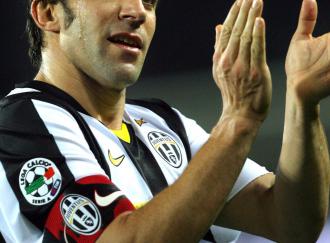Can you name the athletes by the picture?
Brain Teasers
[3468] Can you name the athletes by the picture? - Can you name the athletes by the picture? - #brainteasers #riddles #sport - Correct Answers: 31 - The first user who solved this task is On On Lunarbasil

2017-01-22

